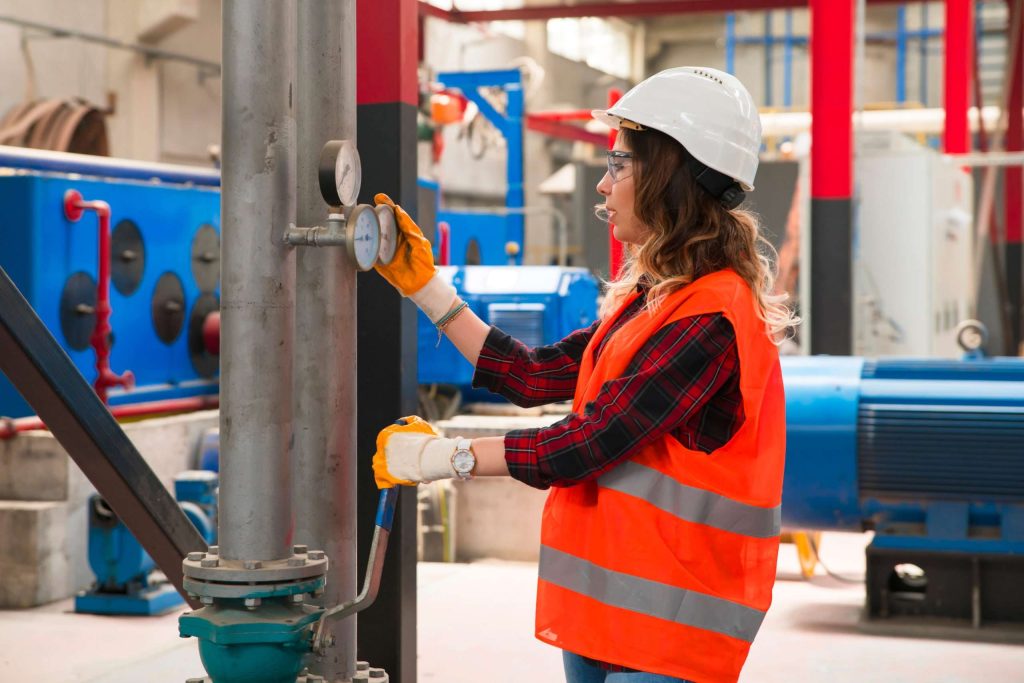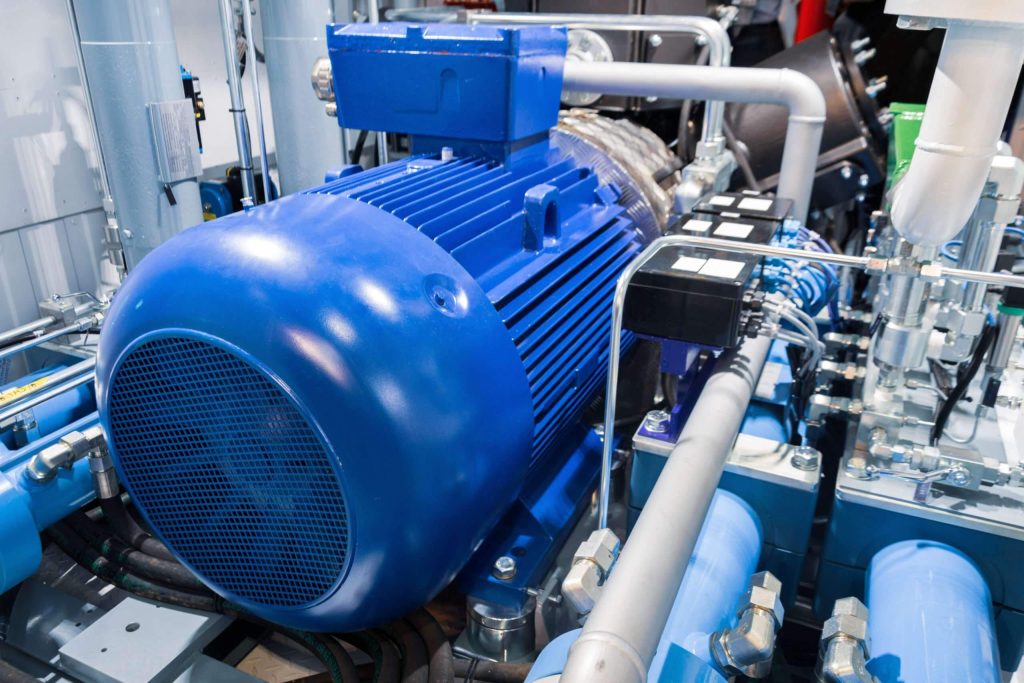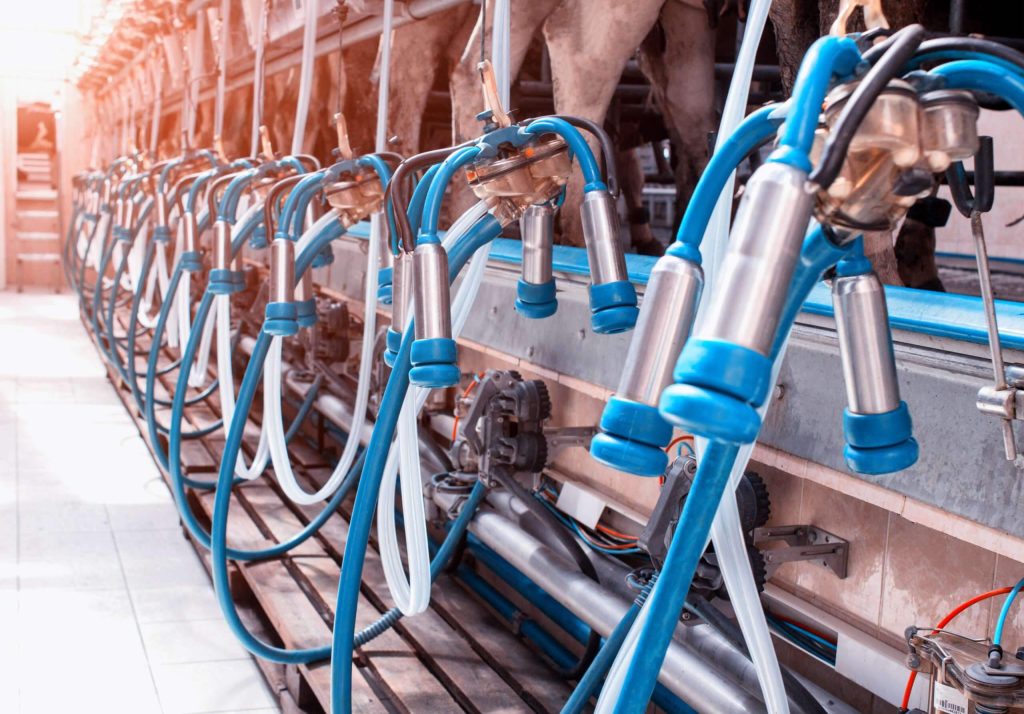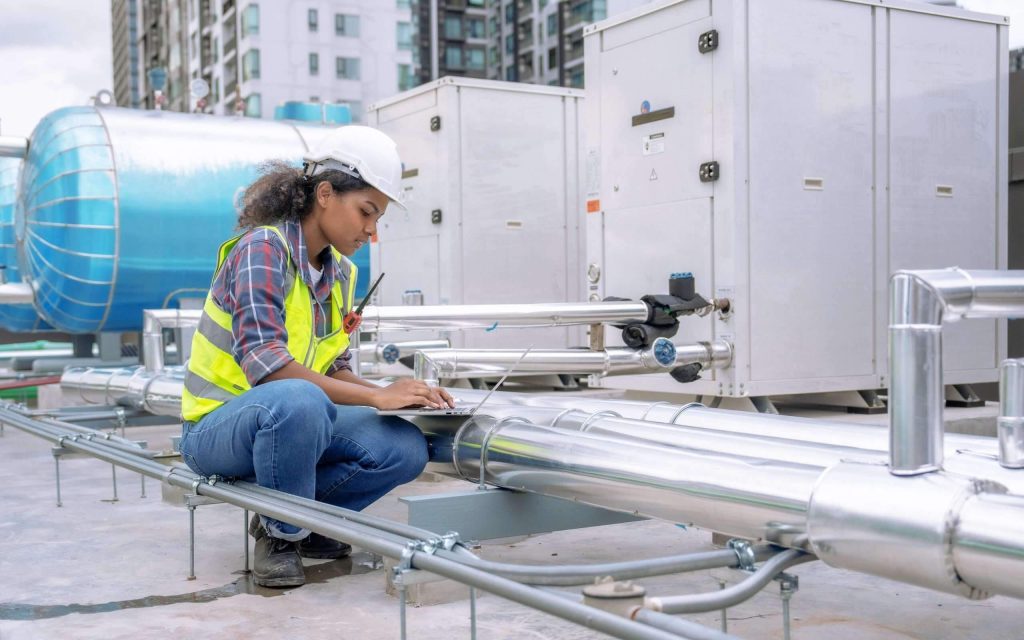Chief Investigators
Purpose of project
Commercial and industrial facilities have a fixed footprint area for renewable energy installations, but total energy demand usually far outstrips their rooftop generation potential from PV installations alone, which operate at 13-20% efficiency. Photovoltaic thermal (PVT) increases energy capture by 40-60%, creating a combined 53-80% efficiency for the same footprint, which represents a dramatic 3-5X boost to on-site renewable energy harvesting potential, using highly scalable technology that can be installed with new builds or retrofitted to existing PV installations.
Additionally, by reducing the portion of the PV system generation required for water heating, PVT unlocks more of the PV system’s ability to offset grid imports for the remainder of the electrical load.
Models exist for estimating performance of heat pumps (e.g., A2EP heat pump estimator) and for PV installations (e.g., PVSyst, PVWatts, Open Solar). However, since PVT models are considerably more complex, with many more system input variables for dynamic thermal flow modelling, they are limited to custom/in-house codes (i.e., TRNSYS), which can only be used by trained experts. Integrated PVT-Heat Pump models are not readily available and have not been validated at commercial scale.
The lack of Australian pilot studies validating PVT for commercial applications remains a sales barrier. Globally, limited data is available for PVT collector installations, with only a few European examples reported in IEA’s SHC Task 60 findings.
Air-source heat pumps will become ubiquitous within 5 years, but water-source heat pumps use significantly less energy to achieve the same temperature output. Integrating PVT with water-source or hybrid heat pumps further improves energy efficiency and ROI.
This project will install and operate a pilot of heat decarbonisation on a large urban aquatic centre in Sydney, with monitoring analysis to commence in Q1 2025. In addition to gaining a better fundamental understanding of the PVT-heat pump operation and optimisation, enhanced techno-economic modelling tools will be developed to assist the industry project partners with sales/awareness campaigns to help accelerate the installation roll-out of PVT-heat pump systems across a wide range of commercial & industrial sectors, both in Australia and in export markets.
Impact of project
As an emerging technology, commercial and industrial adoption of PVT by relatively risk-adverse clients will require a strong track record of performance in the operating environment. This project will provide proof for potential decarbonisation partners through hard data from a well-monitored and analysed pilot installation along with validated models and tools for PVT-heat pumps. In terms of the estimated impacts, for 2031 the estimate is 4.0 TWh energy and 1.17 Mt CO2-e emissions savings and for 2035, 10.8 TWh energy and 2.7 Mt CO2-e emissions savings.
Project partners – industry and research
Status
- In Progress
Project Leaders
- Robert Taylor, UNSW
Completion Date
Q3 2027
Project Code
0519










